Add new Objective-C class (subclass of UINavigationController) and add the following code to the .m files
-(NSUInteger)supportedInterfaceOrientations
{
NSLog(@"supportedInterfaceOrientations = %d ", [self.topViewController supportedInterfaceOrientations]);
return [self.topViewController supportedInterfaceOrientations];
}
-(BOOL)shouldAutorotate
{
return self.topViewController.shouldAutorotate;
}
-(BOOL)shouldAutorotateToInterfaceOrientation:(UIInterfaceOrientation)interfaceOrientation
{
// You do not need this method if you are not supporting earlier iOS Versions
return [self.topViewController shouldAutorotateToInterfaceOrientation:interfaceOrientation];
}
After you added the new classes go to your ViewController classes and make the following changes
- (BOOL)shouldAutorotate // iOS 6 autorotation fix
{
return YES;
}
- (NSUInteger)supportedInterfaceOrientations // iOS 6 autorotation fix
{
return UIInterfaceOrientationMaskAll;
}
- (UIInterfaceOrientation)preferredInterfaceOrientationForPresentation // iOS 6 autorotation fix
{
return UIInterfaceOrientationPortrait;
}
- (BOOL)shouldAutorotateToInterfaceOrientation:(UIInterfaceOrientation)toInterfaceOrientation
{
return YES;
}

In the shouldAutorotate , shouldAutorotateToInterfaceOrientation: return YES if you want the ViewController to be supporting Multiple orientation else return NO , also in houldAutorotateToInterfaceOrientation: method pass the Orintation you want for that specific ViewController , Repeat the same for all the view controllers .
Reason of doing this:-
1:Although you can change the preferredInterfaceOrientationForPresentation: of any viewController to a specific orientation but since you are using the UINavigationController you also need to override the supportedInterfaceOrientations for your UINavigationController
2:In order the override the supportedInterfaceOrientations for UINavigationController we have subclassed UINavigationController and modified the method related to the UINavigation Orientation.
Hope it will help you !
